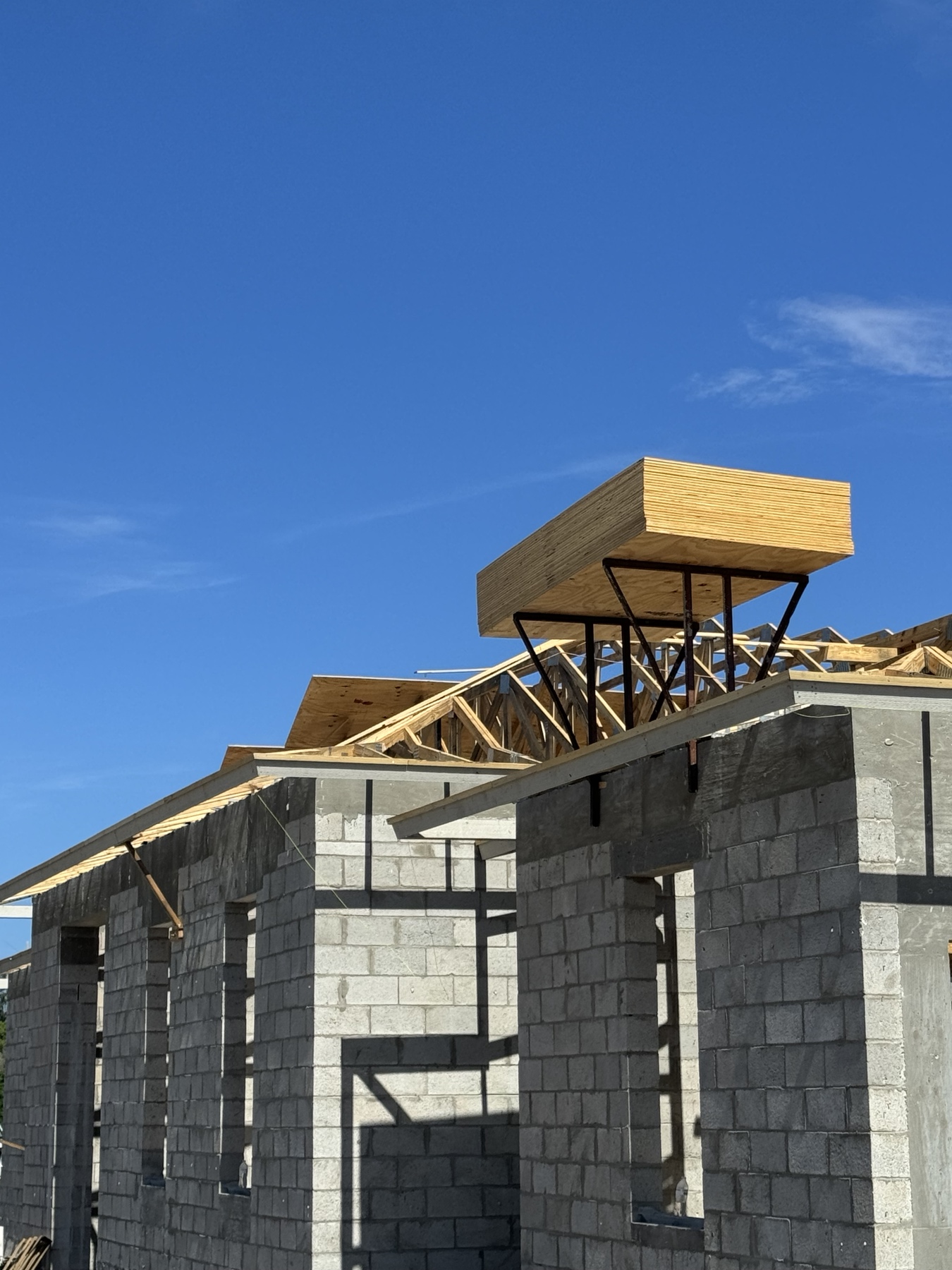roofing refers to the materials, techniques, and processes used to cover and protect the top of a building or structure from weather elements such as rain, snow, wind, and sunlight. It plays a critical role in maintaining the structural integrity, energy efficiency, and overall aesthetics of a building. Here’s an overview of the key aspects of roofing:
Types of Roofing Materials. Roofing materials vary widely depending on the building type, climate, budget, and aesthetic preferences. Common roofing materials include:
1. Types of Roofing Materials
Roofing materials vary widely depending on the building type, climate, budget, and aesthetic preferences. Common roofing materials include:
- Asphalt Shingles:
- Description: The most popular residential roofing material in North America, made of a base (organic or fiberglass) coated with asphalt and mineral granules.
- Pros: Affordable, easy to install, available in various colors and styles.
- Cons: Shorter lifespan compared to other materials (15-30 years), not as environmentally friendly.
- Metal Roofing:
- Description: Made from materials like steel, aluminum, copper, or zinc, metal roofing is durable and long-lasting.
- Pros: Extremely durable, long lifespan (40-70 years), fire-resistant, energy-efficient (reflects solar heat).
- Cons: Higher initial cost, potential for noise during rain or hail, may require additional insulation.
- Clay and Concrete Tiles:
- Description: Heavy, durable tiles made from natural clay or concrete, often seen in Mediterranean or Spanish-style architecture.
- Pros: Long lifespan (50-100 years), fire-resistant, good insulation properties.
- Cons: Expensive, heavy (requires reinforced roof structure), brittle and can break under impact.
- Slate Roofing:
- Description: Natural stone tiles known for their beauty and longevity.
- Pros: Extremely durable (up to 100 years or more), fire-resistant, low maintenance.
- Cons: Very expensive, heavy (requires additional structural support), difficult to install.
- Wood Shingles and Shakes:
- Description: Made from cedar, redwood, or other woods, with shingles being machine-cut and shakes being hand-split for a more rustic appearance.
- Pros: Natural and attractive appearance, good insulation, biodegradable.
- Cons: High maintenance, prone to rot, insects, and fire (unless treated), shorter lifespan (20-30 years).
- Synthetic Roofing Materials:
- Description: Includes synthetic slate, rubber, and composite materials designed to mimic traditional roofing materials.
- Pros: Lightweight, more affordable than natural counterparts, durable, low maintenance.
- Cons: Newer to the market, so long-term performance is less proven.
2. Roofing Systems
Different roofing systems are suited for various applications, such as residential, commercial, and industrial buildings:
- Flat Roofs:
- Description: Common in commercial and industrial buildings, flat roofs have a slight slope for drainage.
- Materials: Built-up roofing (BUR), modified bitumen, single-ply membranes (EPDM, TPO, PVC).
- Pros: Cost-effective for large areas, usable space on top for HVAC systems, solar panels, or green roofs.
- Cons: More prone to water pooling, requires more maintenance, shorter lifespan.
- Pitched Roofs:
- Description: Sloped roofs that are most common in residential buildings, designed to shed water and snow.
- Materials: Asphalt shingles, metal, tile, wood, or slate.
- Pros: Better water and snow drainage, longer lifespan, more traditional aesthetic.
- Cons: More expensive to construct, less usable attic space.
3. Roofing Components
A roof is not just the outer material but includes several components that work together to protect the building:
- Decking: The structural base of the roof, typically made of plywood or oriented strand board (OSB), to which all other roofing components are attached.
- Underlayment: A layer of material (usually felt or synthetic) that provides additional protection against water infiltration.
- Flashing: Metal strips installed around roof penetrations (such as chimneys, vents, and skylights) to prevent leaks.
- Gutters and Downspouts: Systems installed at the edge of the roof to channel water away from the building’s foundation.
- Ventilation: Roof vents are essential for allowing air to circulate in the attic, preventing moisture buildup, and regulating temperature.
4. Roofing Installation and Maintenance
- Installation: Professional roofing contractors usually handle installation due to the technical and safety challenges involved. Proper installation is crucial to ensure the roof’s durability and performance.
- Maintenance: Regular inspections, cleaning, and repairs are necessary to extend the life of the roof. This includes checking for damaged shingles, leaks, and ensuring that gutters and downspouts are clear of debris.
5. Energy Efficiency and Roofing
- Cool Roofs: Designed to reflect more sunlight and absorb less heat, cool roofs are energy-efficient, reducing cooling costs and mitigating urban heat island effects.
- Green Roofs: Covered with vegetation, green roofs provide insulation, reduce stormwater runoff, and contribute to the building’s energy efficiency and environmental footprint.
6. Sustainability in Roofing
- Recycled Materials: Many roofing products are made from recycled materials, such as rubber or plastic, contributing to sustainability.
- Solar Roofing: Solar panels or photovoltaic shingles integrated into the roof convert sunlight into electricity, providing renewable energy and reducing utility costs.
7. Regulations and Building Codes
Roofing must comply with local building codes and regulations, which can dictate materials, installation methods, and fire resistance standards. In areas prone to extreme weather, additional requirements may be necessary for wind or seismic resistance.
Roofing is a critical element of any building, contributing to its safety, comfort, energy efficiency, and aesthetics. Proper material selection, installation, and maintenance are essential for ensuring that a roof performs effectively over its lifespan.

